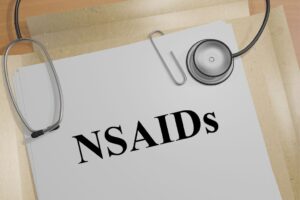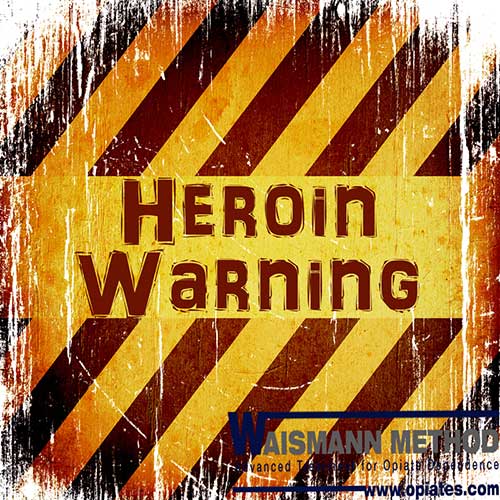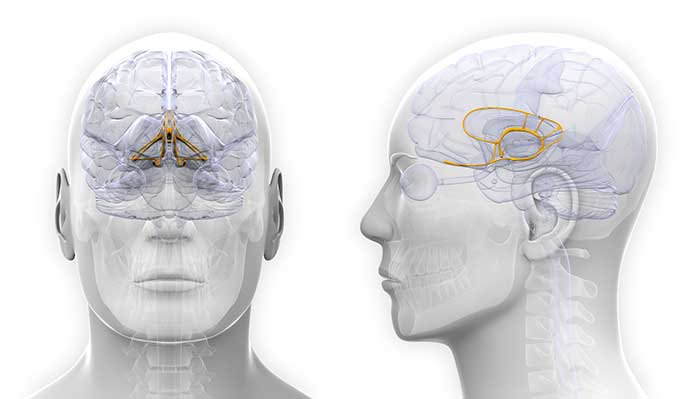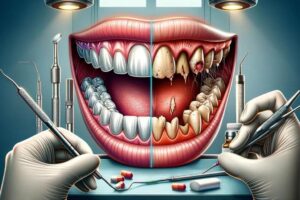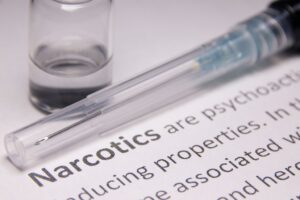Heroin is a powerful semi-synthetic opiate derived from morphine most often used as a recreational drug. It delivers an intense “rush” and is more potent than most opioid analgesics. In reality, the drug crosses the blood-brain barrier more rapidly than most other opioids. It is important to realize, that the frequent use of heroin leads to dependence and potential addiction. Heroin causes a “blissful apathy” along with its painkilling effects.
Heroin was first synthesized from morphine in 1874. Until 1910, it was marketed as a non-addictive cough suppressant and substitute for morphine. The Harrison Narcotics Tax Act, passed in 1914, was meant to control the sale of heroin and other opiates. It was also given to patients for medical purposes until 1924 when Congress banned the sale, import or manufacturing in the U.S. Most of it consumed in the U.S. comes from Columbia, Mexico, Canada, Afghanistan, and China. Other top-producing countries include Thailand, Vietnam, and Laos.
